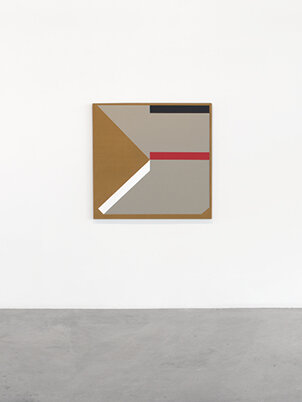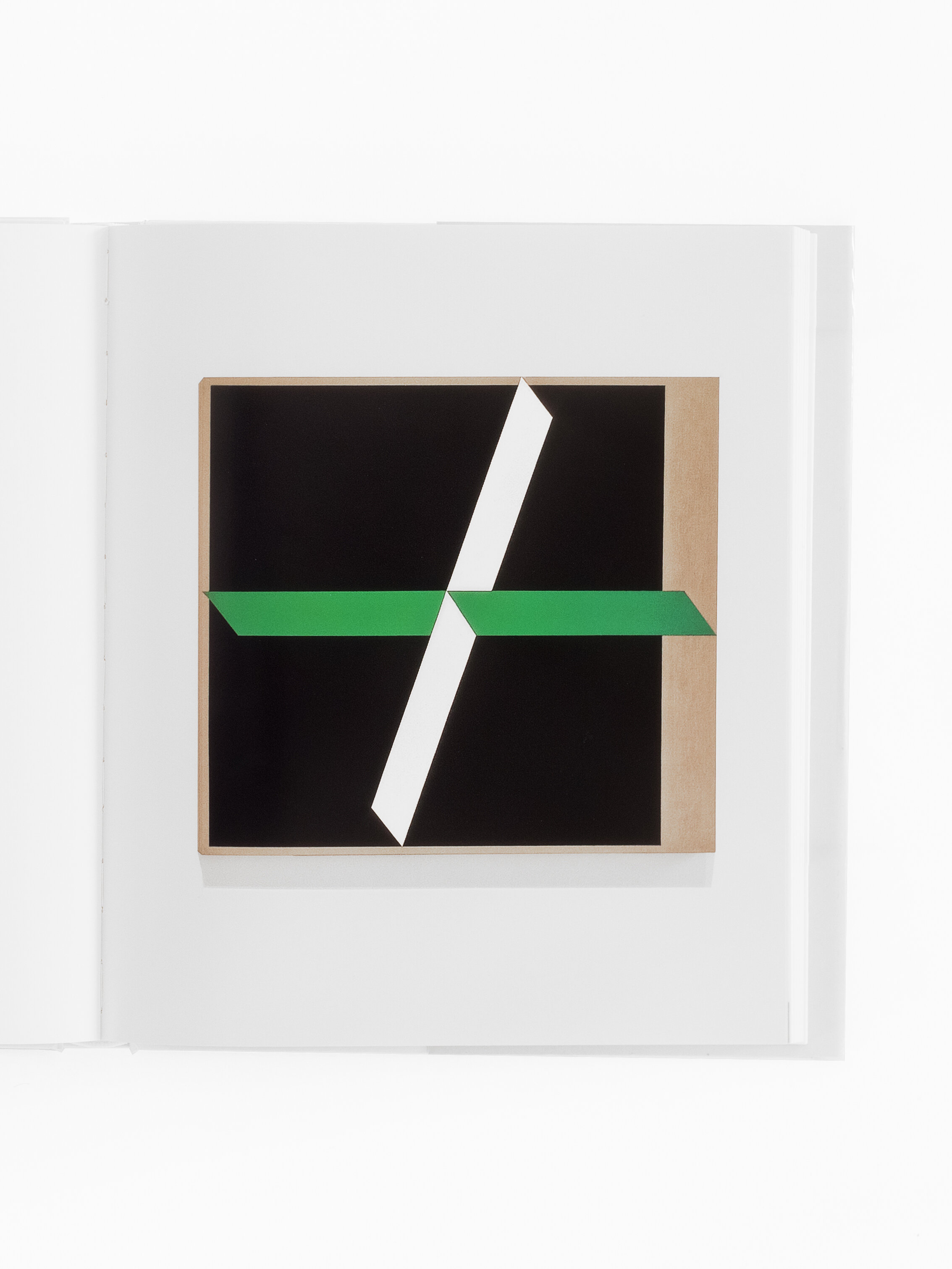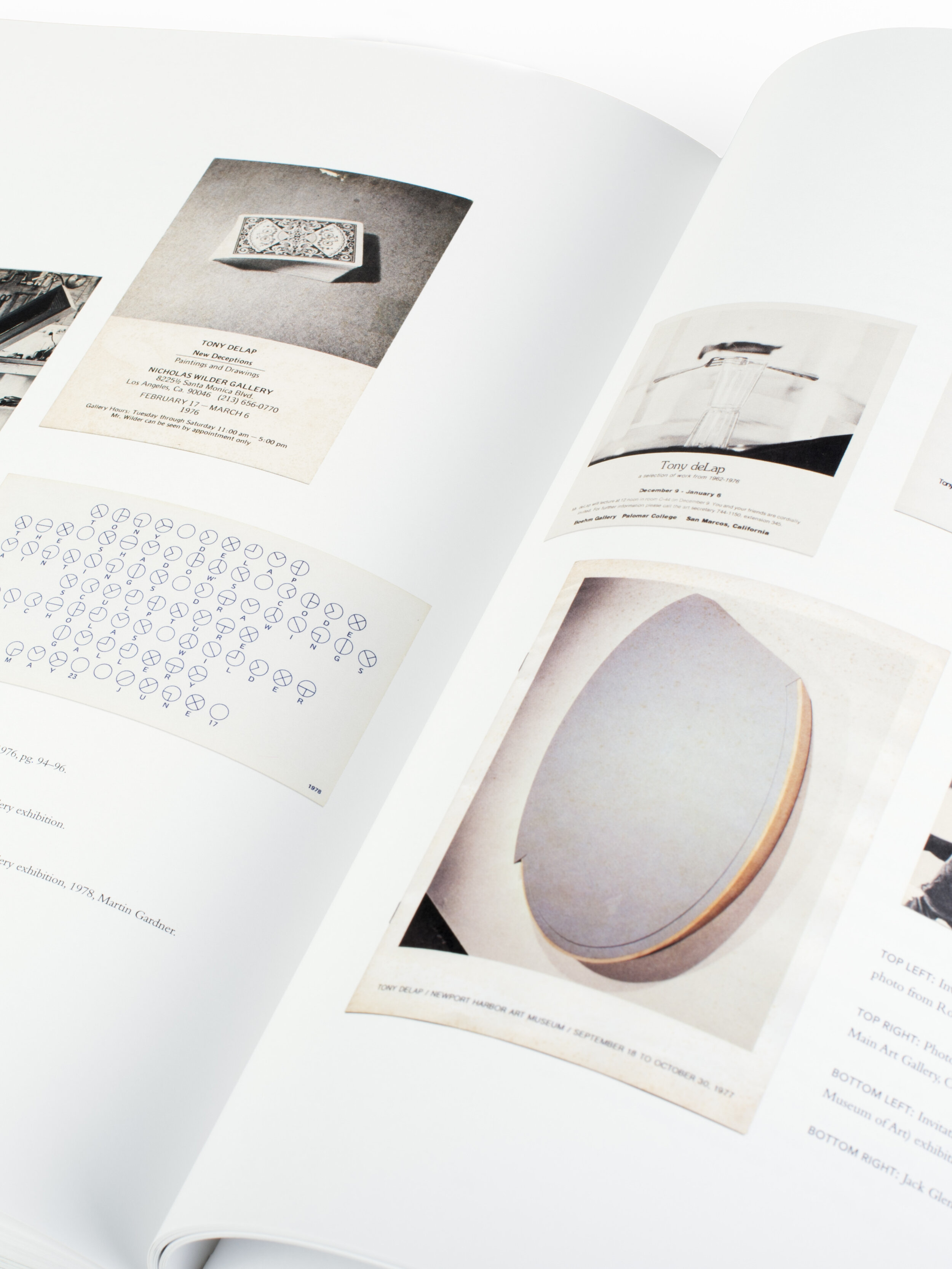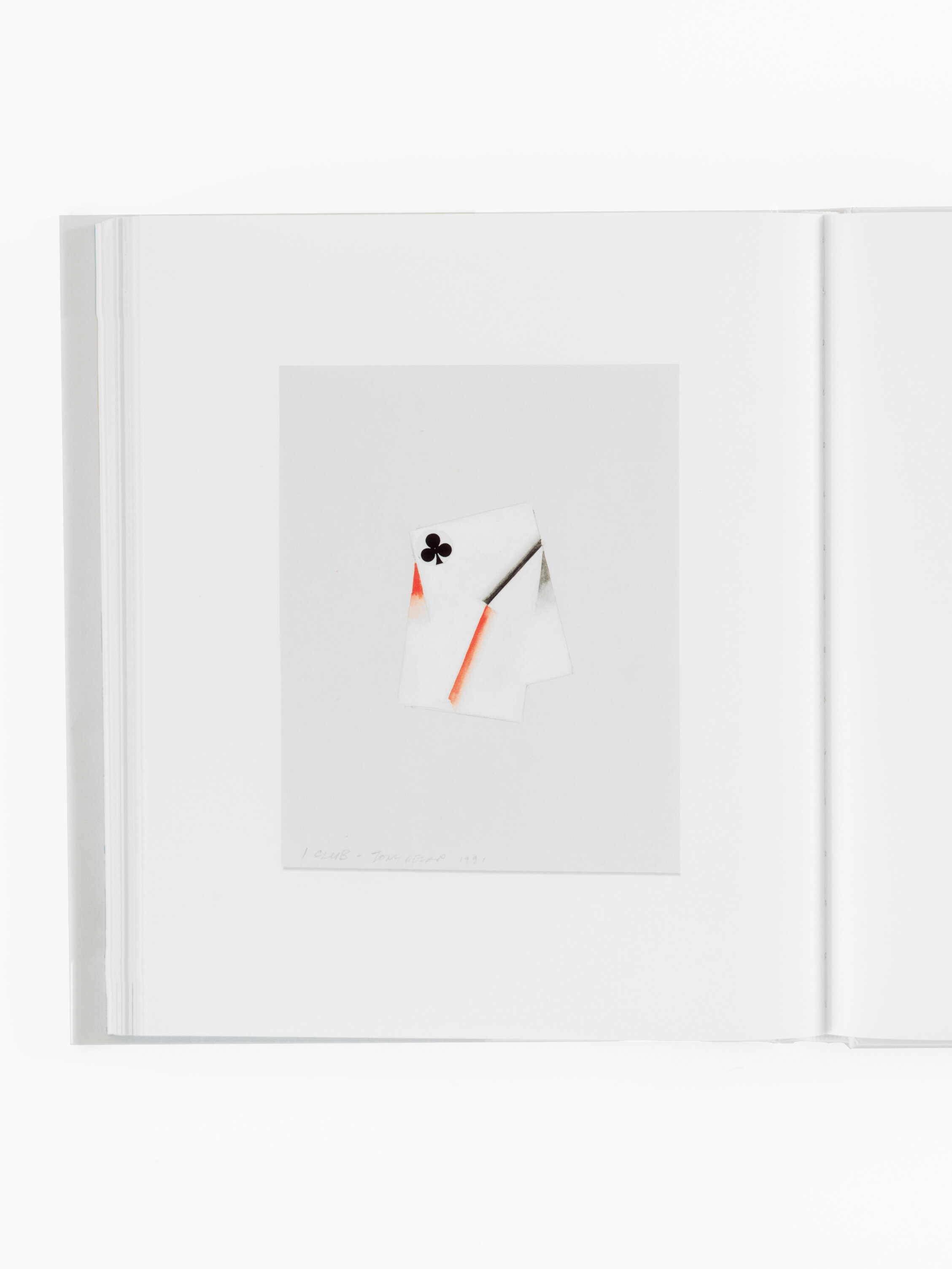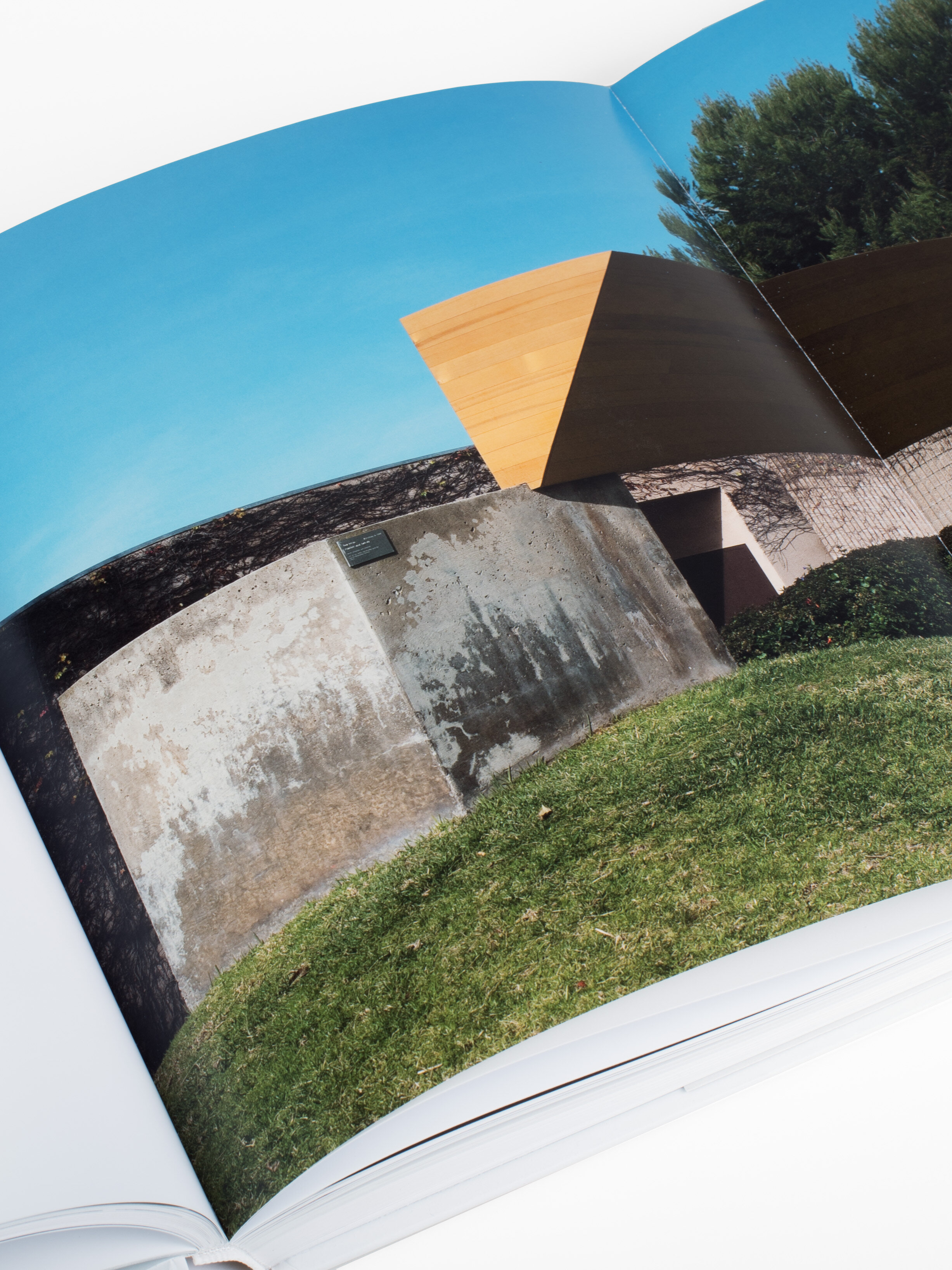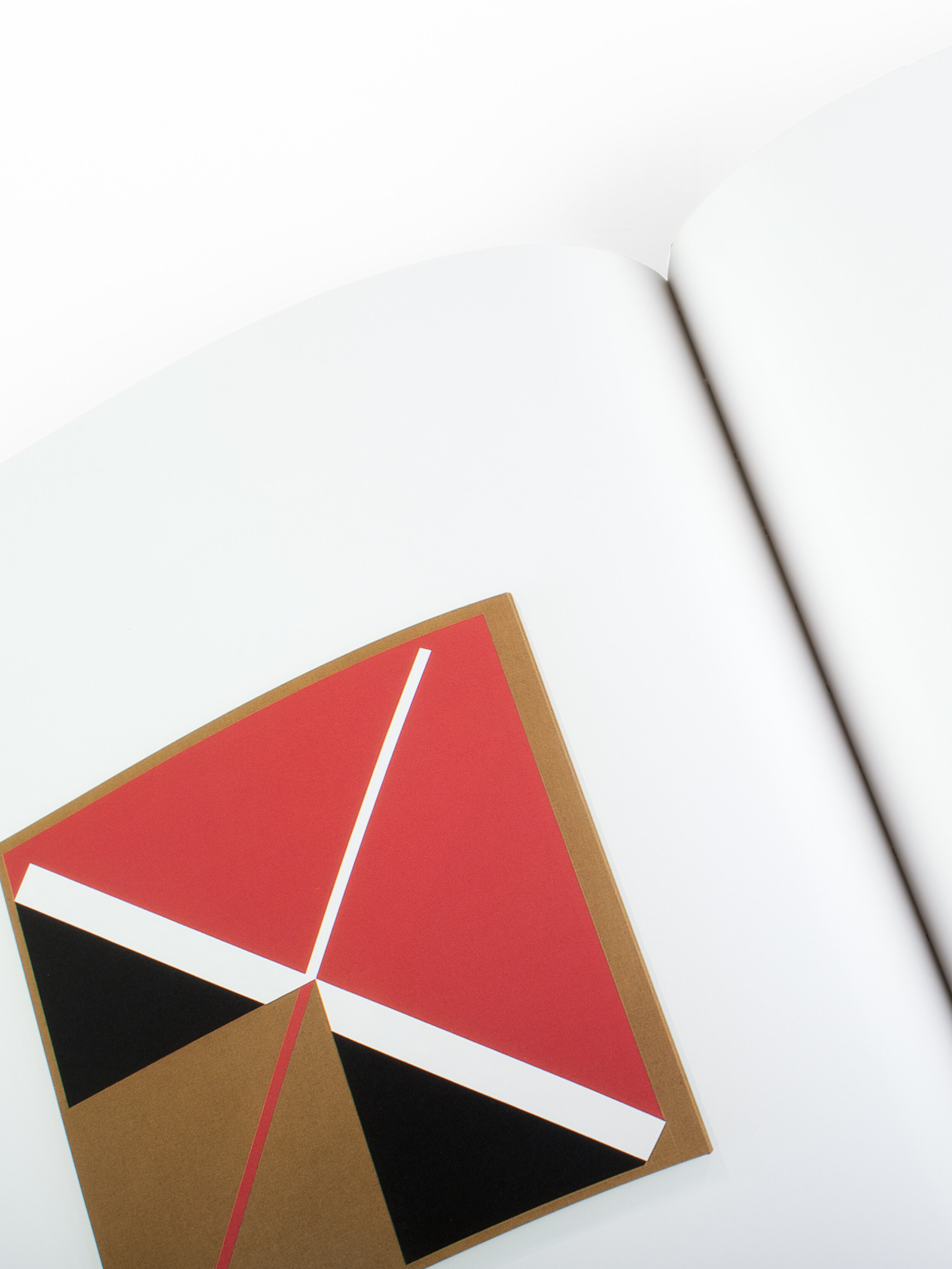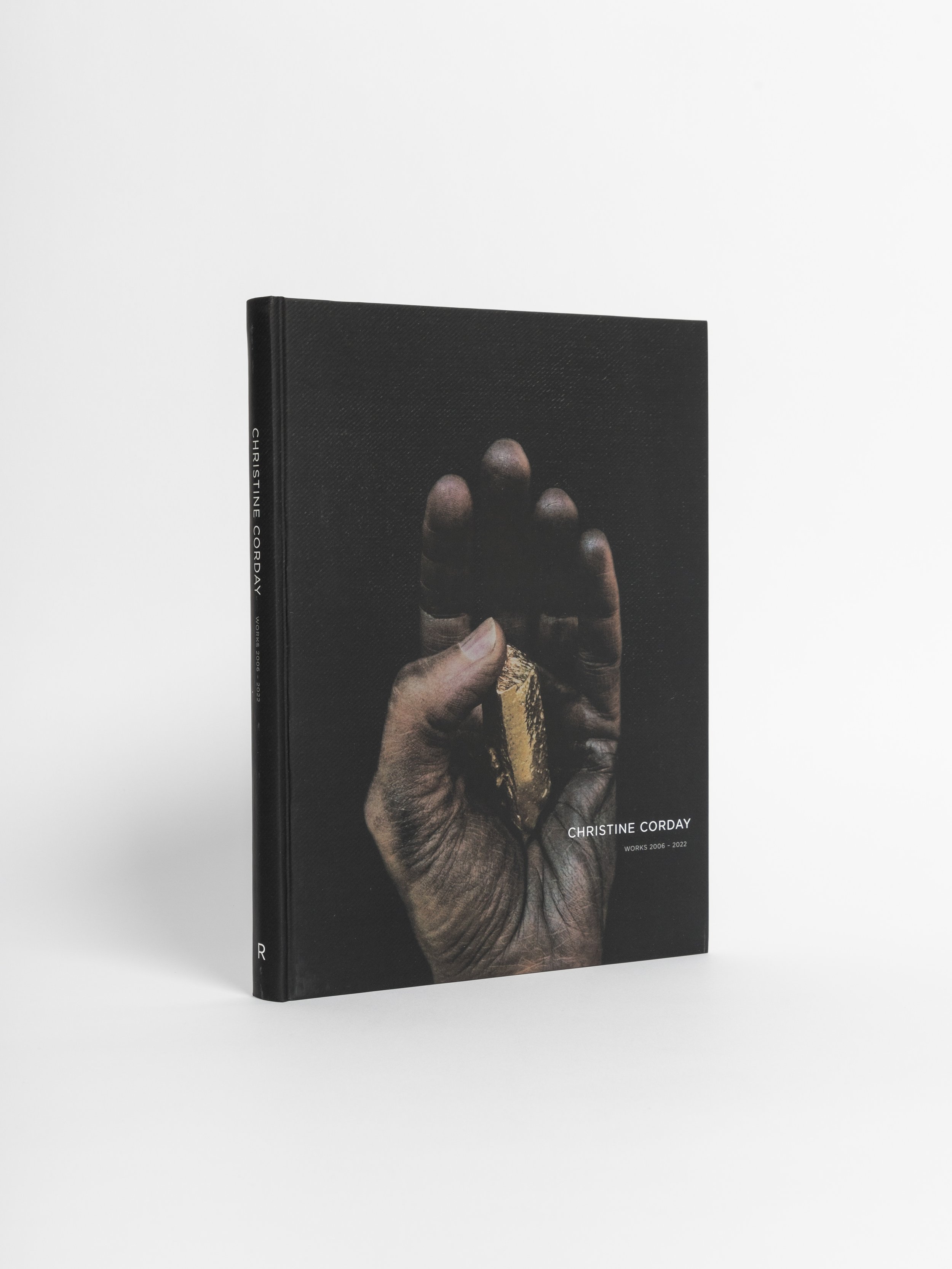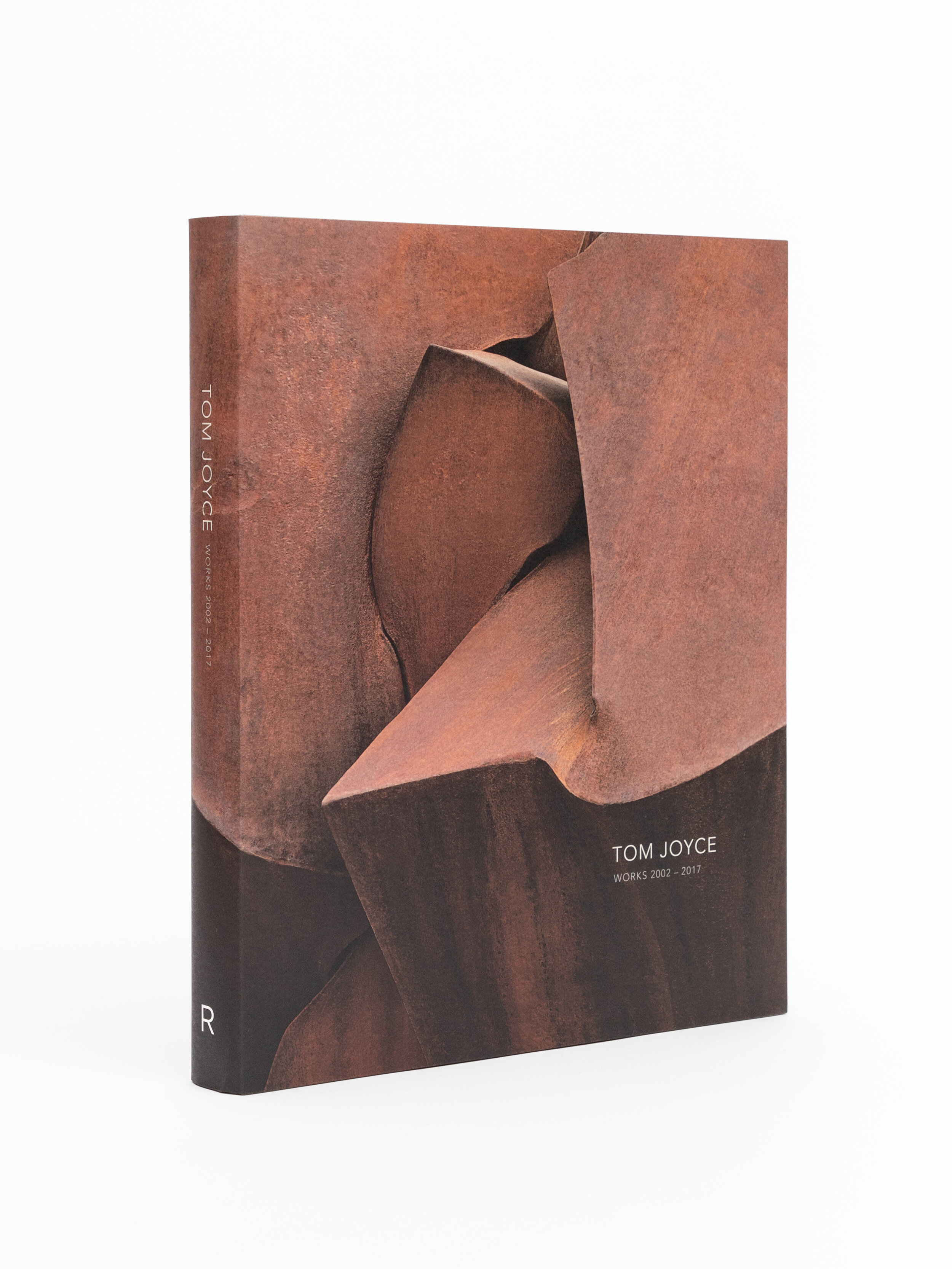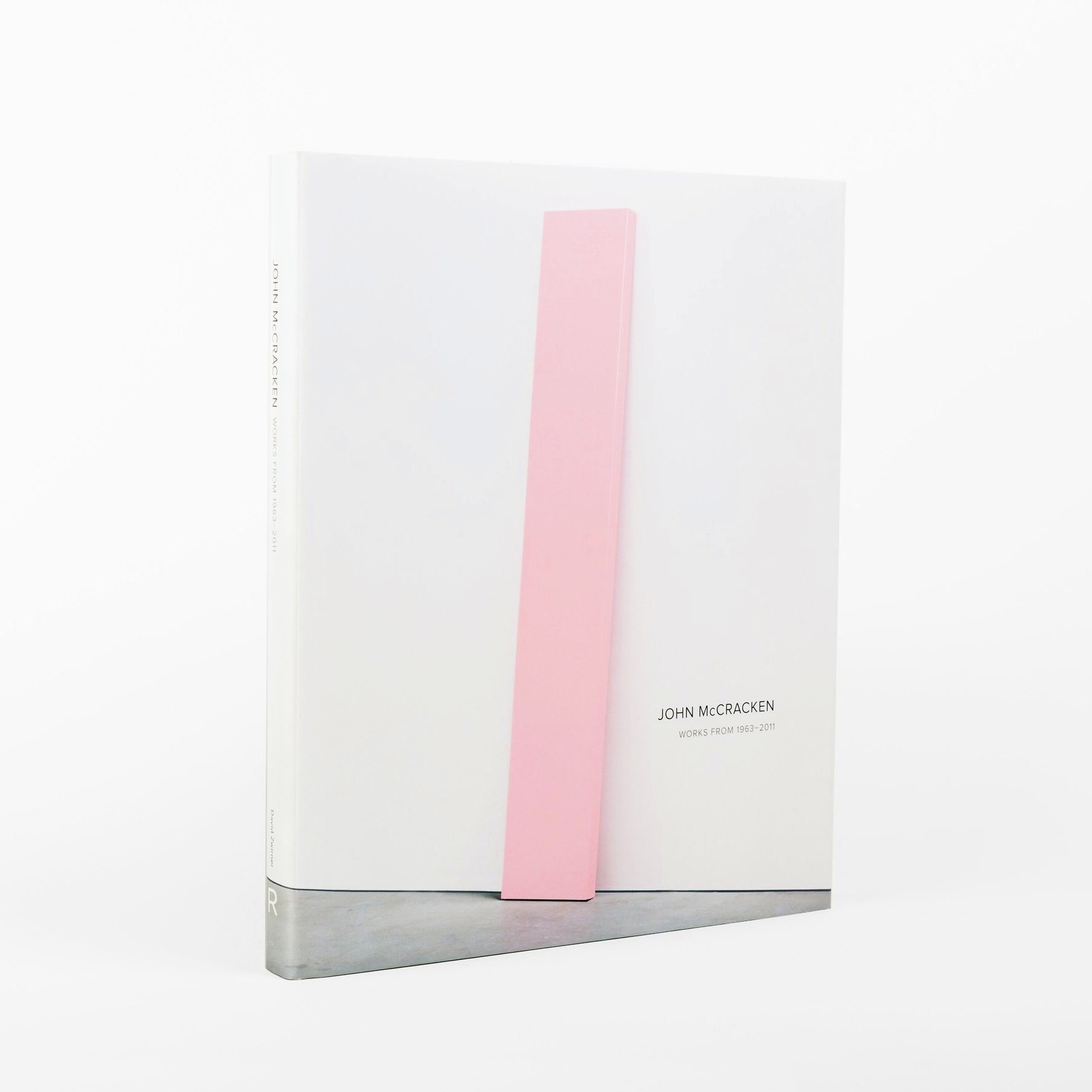Tony DeLap
…a well-overdue retrospective, considering every point of DeLap’s career, including a large section dedicated to his unheralded, surprisingly expressive drawings.
— Jessica Holmes, The Brooklyn Rail
A legendary figure in Californian art, Tony DeLap was associated with Los Angeles’ 1960s Finish Fetish school (alongside the likes of Craig Kaufman and Larry Bell), and was a mentor to some of California’s most notable artists, including Bruce Nauman, James Turrell and John McCracken, who all studied with him.
Where many artists of the Finish Fetish school eschewed the material facture of their works, DeLap has almost always chosen to construct his work himself, meticulously producing freestanding sculptures in aluminum, fiberglass, lacquer, Plexiglas, resin and molded plastics and fabrics. He followed a path of Geometric abstraction and Minimal art embracing the principles of limited color, geometry, precise craftsmanship, and intellectual rigor.
DeLap was included in the two shows that helped to define the Minimalist movement—Primary Structures at the Jewish Museum (1966) and American Sculpture of the Sixties at the Los Angeles County Museum of Art (1967)—and his work brilliantly merges the austerity of Minimalism with Op art illusionism.
This book is a survey of DeLap’s long and productive career.
…a well-overdue retrospective, considering every point of DeLap’s career, including a large section dedicated to his unheralded, surprisingly expressive drawings.
— Jessica Holmes, The Brooklyn Rail
A legendary figure in Californian art, Tony DeLap was associated with Los Angeles’ 1960s Finish Fetish school (alongside the likes of Craig Kaufman and Larry Bell), and was a mentor to some of California’s most notable artists, including Bruce Nauman, James Turrell and John McCracken, who all studied with him.
Where many artists of the Finish Fetish school eschewed the material facture of their works, DeLap has almost always chosen to construct his work himself, meticulously producing freestanding sculptures in aluminum, fiberglass, lacquer, Plexiglas, resin and molded plastics and fabrics. He followed a path of Geometric abstraction and Minimal art embracing the principles of limited color, geometry, precise craftsmanship, and intellectual rigor.
DeLap was included in the two shows that helped to define the Minimalist movement—Primary Structures at the Jewish Museum (1966) and American Sculpture of the Sixties at the Los Angeles County Museum of Art (1967)—and his work brilliantly merges the austerity of Minimalism with Op art illusionism.
This book is a survey of DeLap’s long and productive career.
…a well-overdue retrospective, considering every point of DeLap’s career, including a large section dedicated to his unheralded, surprisingly expressive drawings.
— Jessica Holmes, The Brooklyn Rail
A legendary figure in Californian art, Tony DeLap was associated with Los Angeles’ 1960s Finish Fetish school (alongside the likes of Craig Kaufman and Larry Bell), and was a mentor to some of California’s most notable artists, including Bruce Nauman, James Turrell and John McCracken, who all studied with him.
Where many artists of the Finish Fetish school eschewed the material facture of their works, DeLap has almost always chosen to construct his work himself, meticulously producing freestanding sculptures in aluminum, fiberglass, lacquer, Plexiglas, resin and molded plastics and fabrics. He followed a path of Geometric abstraction and Minimal art embracing the principles of limited color, geometry, precise craftsmanship, and intellectual rigor.
DeLap was included in the two shows that helped to define the Minimalist movement—Primary Structures at the Jewish Museum (1966) and American Sculpture of the Sixties at the Los Angeles County Museum of Art (1967)—and his work brilliantly merges the austerity of Minimalism with Op art illusionism.
This book is a survey of DeLap’s long and productive career.
YOU MAY ALSO LIKE
-
Artwork by Tony DeLap
Text by Barbara Rose
Edited by Catherine Fleming, Kathy DeLap, and Kelly DeLap EvansHardcover / 12.25 x 10.5 inches
128 color images / 327 pages
ISBN: 9781934435595 -
Tony DeLap was (1927-2019) was pioneer artist of Abstractionism, Minimalism and Op Art on the West Coast. His work has been included in such landmark exhibitions as The Responsive Eye (1965: Museum of Modern Art, New York, NY), Primary Structures (1966: Jewish Museum, New York, NY), and American Sculpture of the Sixties (1967: Los Angeles County Museum of Art, Los Angeles, CA). In 2018, the Laguna Museum of Art mounted a major retrospective of DeLap’s work dating from 1961 to present, curated by Peter Frank and was accompanied by a fully illustrated publication.
DeLap and John Coplans were founding faculty members in the 1965 opening of the University of California at Irvine, where Tony taught in the Art Department until 1991. DeLap served as the project consultant for Best Kept Secret, UCI and the Development of Contemporary Art in Southern California, 1964-1971 as part of the Getty Foundation's Pacific Standard Time: Art In LA 1945-1980 held at the Laguna Art Museum.
DeLap’s work resides in the permanent collections of Tate Modern, London, UK; Museum of Modern Art, New York, NY; Solomon R. Guggenheim Museum, New York, NY; the Whitney Museum of American Art, New York, NY; San Francisco Museum of Modern Art, San Francisco, CA; Los Angeles County Museum of Art, Los Angeles, CA; Hirschhorn Museum and Sculpture Garden, Washington, DC ; Albright-Knox Art Gallery, Buffalo, NY; Hammer Museum, Los Angeles, CA; The Walker Art Center, Minneapolis, MN; and Musée cantonal des Beaux-Arts, Lausanne, Switzerland, among many others.


